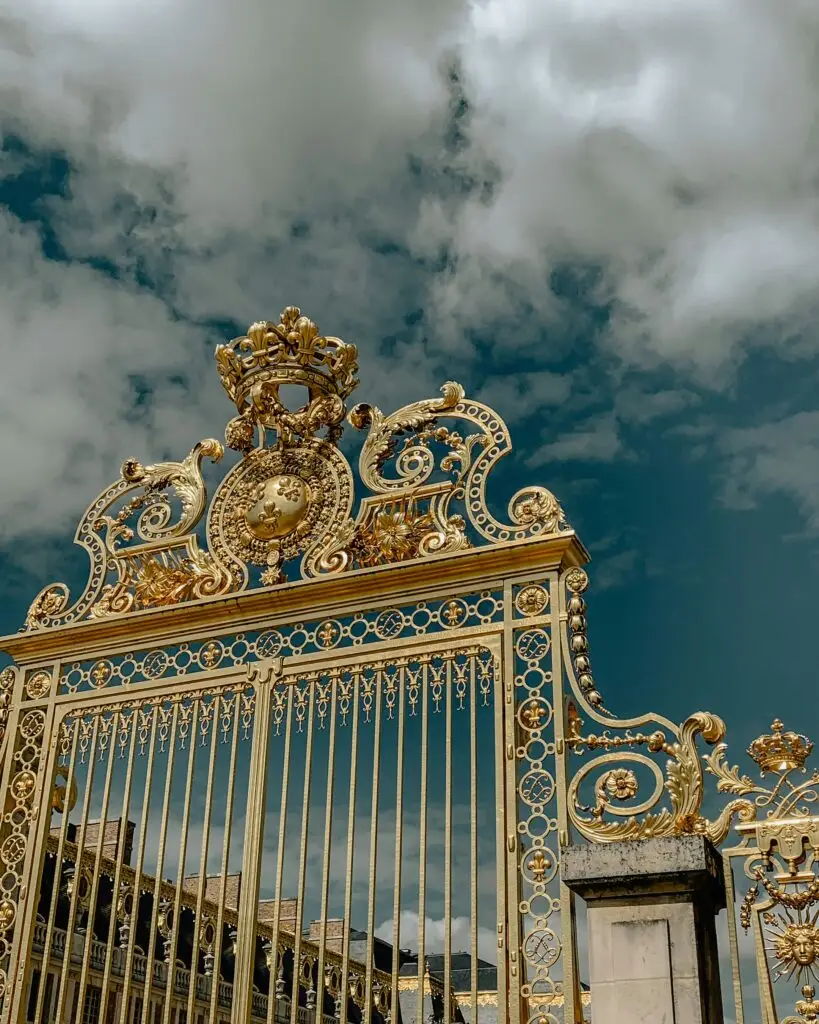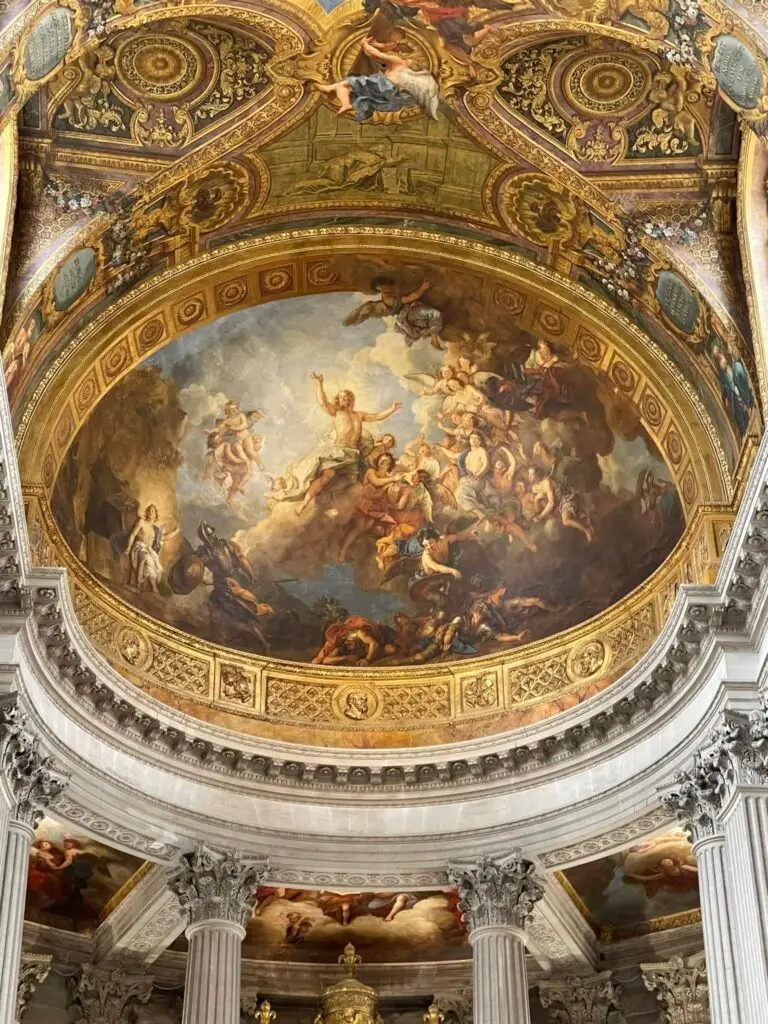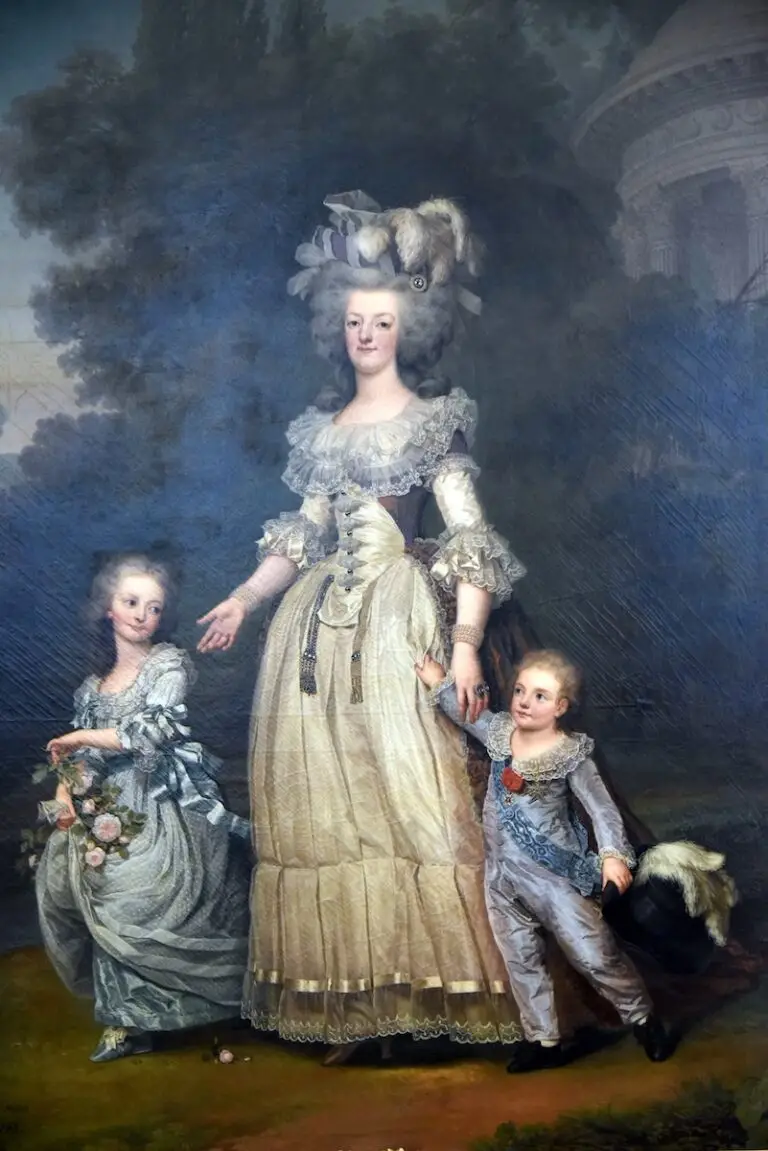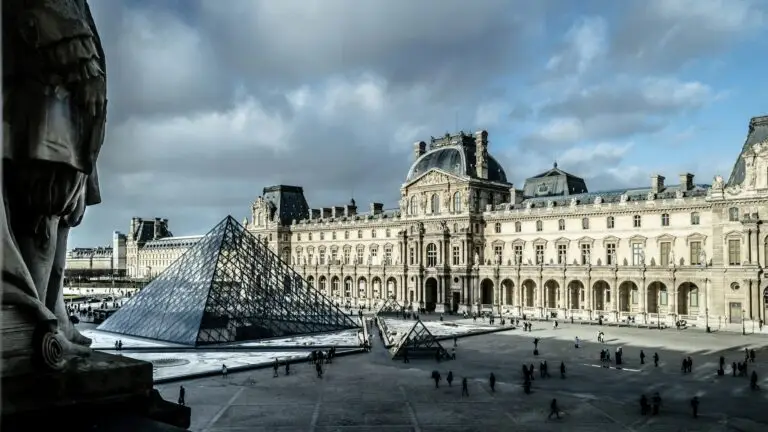The Palace of Versailles is undoubtedly one of the most iconic landmarks in the world, renowned for its opulence, historical significance, and stunning architecture. But have you ever wondered why was the Palace of Versailles built in the first place?
To truly understand the reason behind this grandiose structure, we must journey back to the 17th century, when the palace’s construction was a symbol of power, wealth, and French monarchy.
The Origin of the Palace of Versailles: A Symbol of Absolute Power
The Palace of Versailles was originally a hunting lodge built by King Louis XIII in 1623. However, it wasn’t until his son, Louis XIV, came into power that the transformation of Versailles into a lavish palace truly began.
Louis XIV, often referred to as the “Sun King,” sought to consolidate his absolute power and leave a legacy that would stand the test of time.
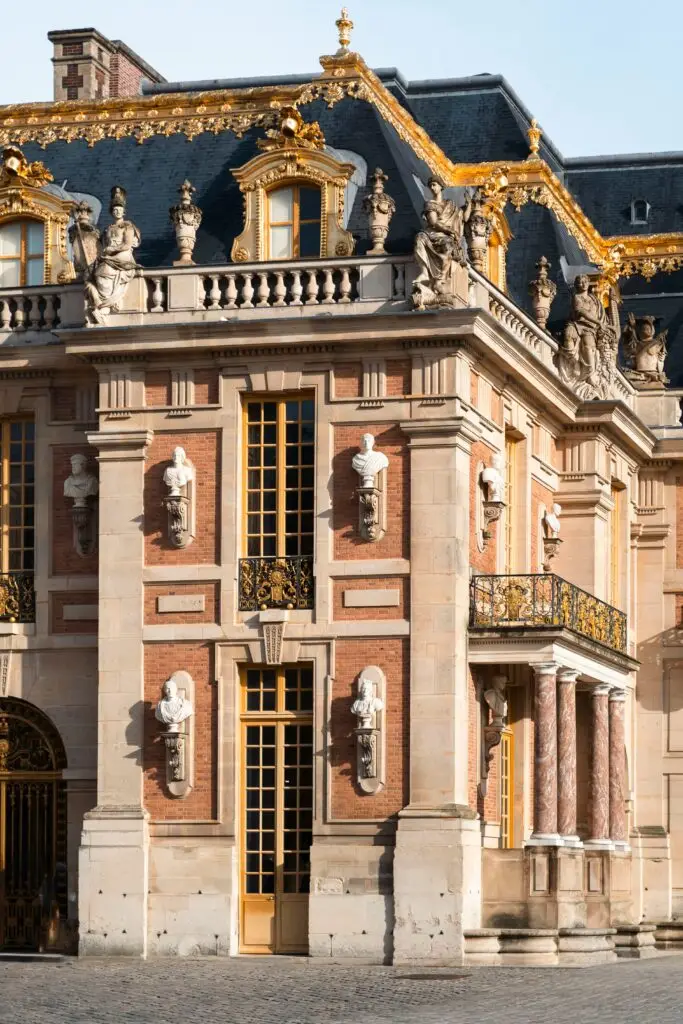
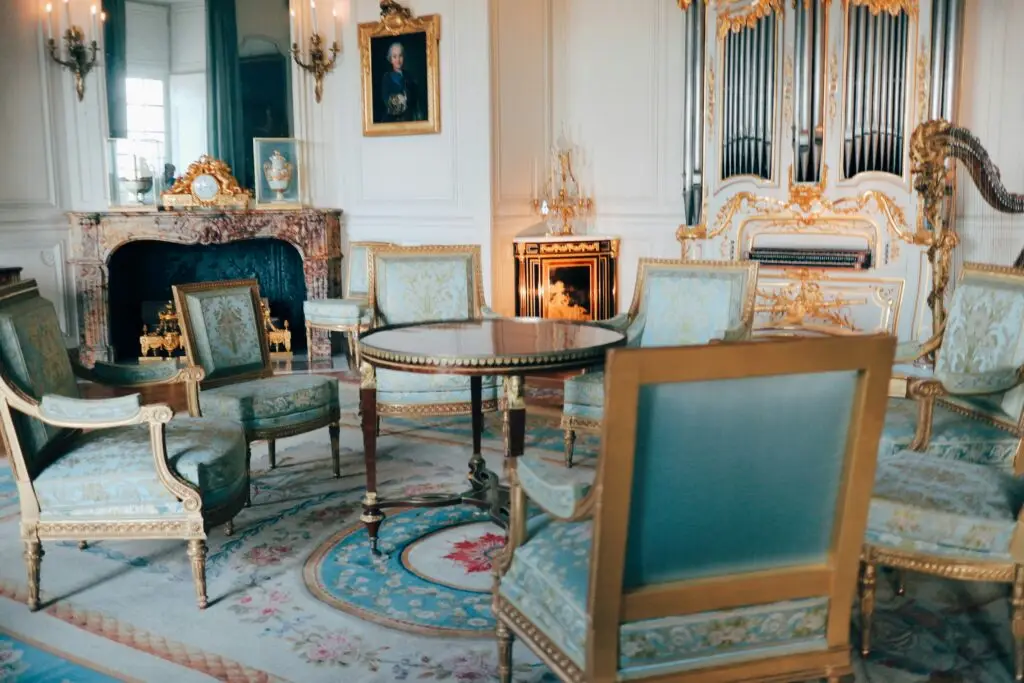
Louis XIV’s reign, from 1643 to 1715, marked the height of French absolutism. The Palace of Versailles was meant to serve as a political and symbolic centerpiece of his rule.
The king wanted to move the French court from the capital, Paris, to a more secluded and controlled location where he could exercise greater control over his nobles and assert his dominance as the supreme ruler of France.
Why Was the Palace of Versailles Built?
- Consolidation of Power: The primary reason for the construction of the Palace of Versailles was to consolidate the absolute power of the monarchy.
By relocating the French court to Versailles, Louis XIV was able to keep a close eye on the nobility. He wanted to weaken the power of the nobles who had historically been a challenge to his rule. By bringing them to the palace, he could control their movements and activities, keeping them preoccupied with lavish distractions like court life and parties. - A Symbol of Royal Grandeur: Versailles became a symbol of the immense wealth, power, and influence of the French monarchy.
The extravagant architecture, magnificent gardens, and opulent interiors were meant to reflect the king’s supreme status. The palace was also a way for Louis XIV to demonstrate the might of France to other European powers, particularly at a time when competition for dominance was fierce. - Political and Cultural Center: The Palace of Versailles was not just a royal residence but also a political and cultural hub. It was the place where critical decisions were made, royal decrees were issued, and state affairs were discussed.
It also became a center for the arts, with Louis XIV commissioning the finest artists, musicians, and writers of the time. The palace’s gardens were designed to embody the perfection of nature, showcasing the king’s control over both man and nature. - The Sun King’s Legacy: The choice of “Sun King” as Louis XIV’s nickname further underscores the significance of the palace. The sun, a symbol of light and life, was associated with the king’s belief that he was the center of the universe, around whom all things revolved. Versailles was a manifestation of this belief, with the palace symbolizing his central role in the country’s governance.
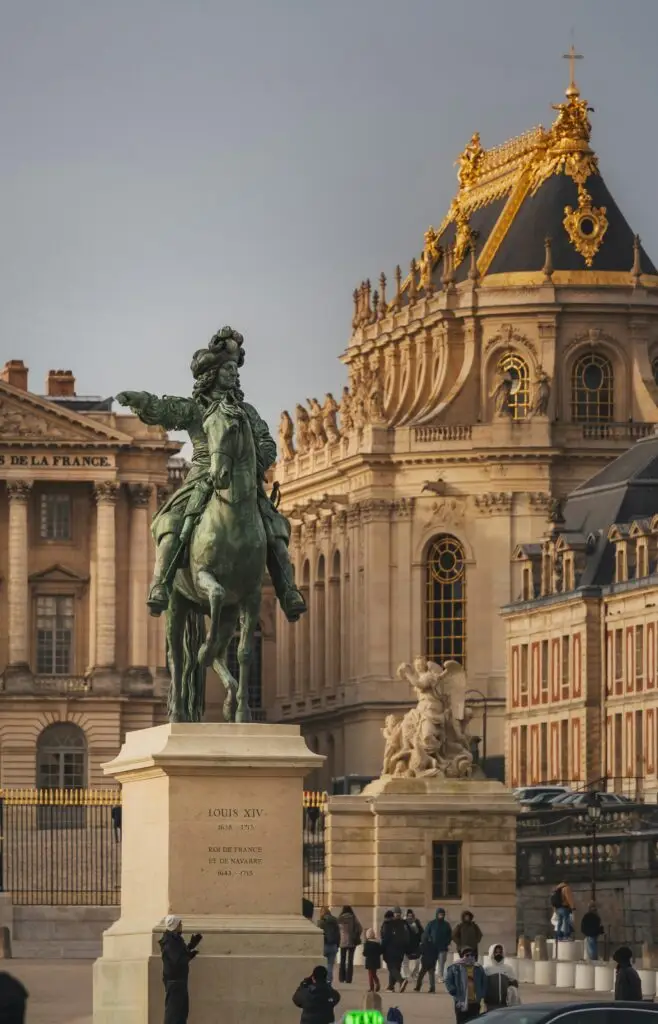
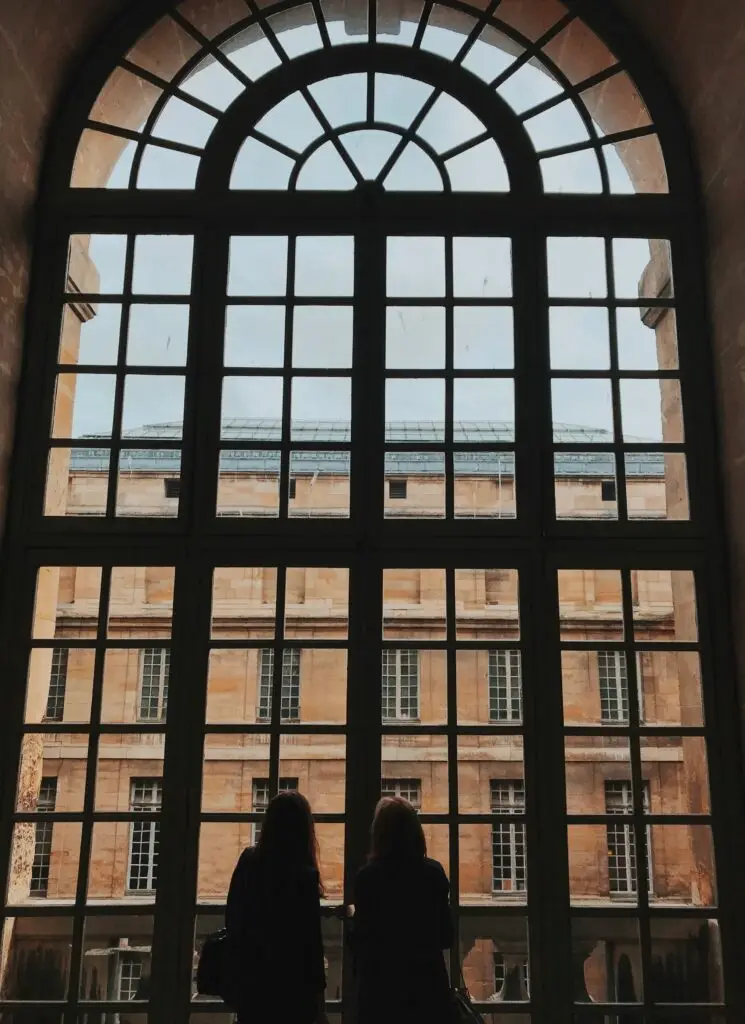
How Long Did It Take to Build Versailles?
The construction of the Palace of Versailles was no quick feat. The building process began in 1661 under the direction of Louis XIV and his chief architect, Louis Le Vau, and continued for several decades. The palace underwent continuous expansion, renovation, and improvement until the death of Louis XIV in 1715.
- The Initial Construction: The first major phase of construction began in 1661, with the goal of transforming the hunting lodge into a lavish royal residence. This early work involved building the main palace structure and creating the grand Hall of Mirrors. By 1682, the palace was officially inhabited by the king and his court.
- Ongoing Expansion: Even after the palace was completed in 1682, Louis XIV continued to expand and refine the palace grounds, particularly the gardens of Versailles. These gardens, designed by the famous landscape architect André Le Nôtre, took many years to complete and are still considered one of the finest examples of formal gardens in the world.
- Completion Timeline: While the core palace and grounds were mostly complete by 1682, the final touches, including smaller wings and additional structures, continued into the early 18th century. In total, it took approximately 50 years to construct the initial phases of the Palace of Versailles, with many more years spent on its gardens, fountains, and decorative elements.
- Ongoing Restoration: It’s now been over 400 years, and it’s still not finished! There have been many ongoing projects to restore Versailles. Read an article about ongoing works here.
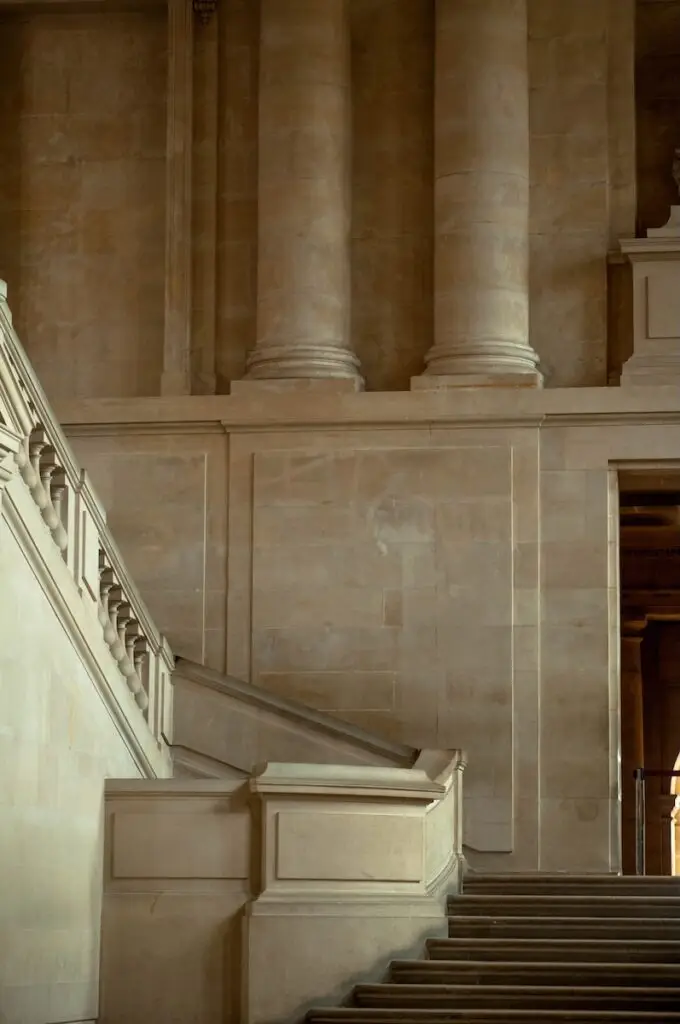
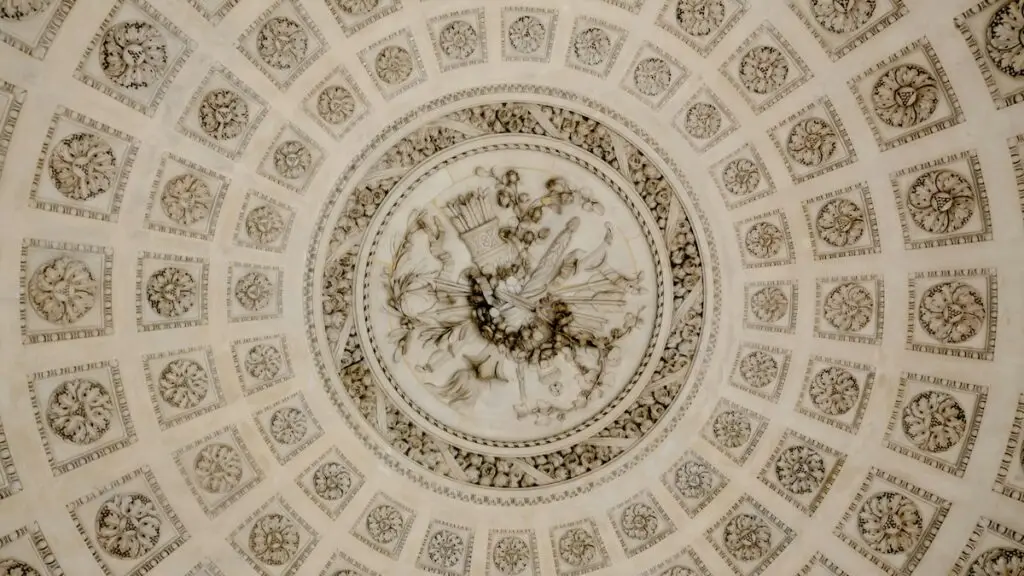
The Legacy of Versailles
Today, the Palace of Versailles stands as one of the most celebrated architectural achievements in history, attracting millions of visitors annually. The Palace of Versailles’ history reflects the rise and fall of absolute monarchy, the shifting political and cultural landscapes of France, and the grandeur of French art and architecture.
As the palace’s intricate architecture, sumptuous interiors, and stunning gardens continue to capture the imagination of visitors from around the world, it remains a symbol of the enduring power and influence of Louis XIV and the French monarchy.
The Palace of Versailles as a Monument to Absolute Power
The Palace of Versailles was not merely a royal residence but a powerful political tool, a symbol of absolute monarchy, and a celebration of French artistic achievement. The efforts to control the nobility, display the wealth and power of the monarchy, and create an enduring legacy resulted in a palace that continues to awe and inspire.
Understanding why the Palace of Versailles was built helps us gain deeper insights into the dynamics of 17th-century France, the nature of political power, and the role of architecture in shaping history. The construction of Versailles was a monumental task that took several decades to complete, but its lasting impact on French culture and world history is undeniable.
For those planning a visit to this monumental landmark, the Palace of Versailles offers not only a glimpse into French royal history but also an unforgettable experience of grandeur, beauty, and historical significance.
